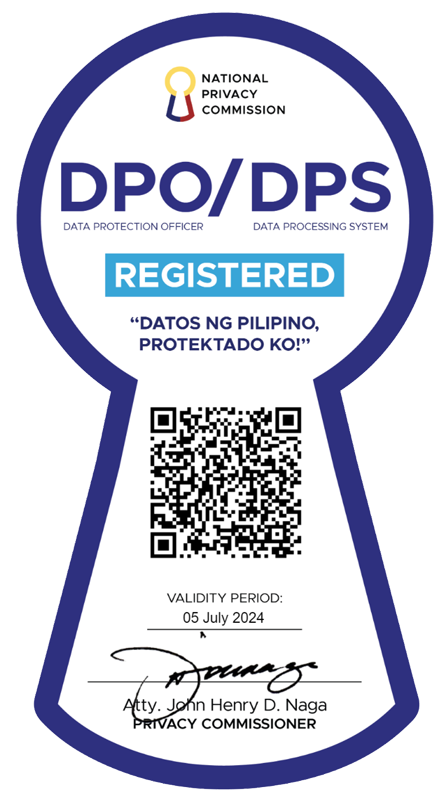Filtered by: Topstories
News
Red tide warning up in 6 coastal areas - BFAR
By MARK MERUEÑAS, GMANews.TV
MANILA, Philippines - The Bureau of Fisheries and Aquatic Resources (BFAR) on Tuesday warned the public against eating shellfish harvested from six coastal areas, saying red tide toxins were found in samples taken from these areas. BFAR said it has placed a ban on shellfish taken from Masinloc Bay in Zambales province, while the red tide warning remains hoisted over five other bay areas, including: • Sorsogon Bay in Sorsogon City; • Bislig Bay in Bislig City, • Surigao del Sur; • Dumanquillas Bay in Zamboanga del Sur; • Irong-Irong Bay in Catbalogan, Samar; and • Wawa in Bani, Pangasinan. In a telephone interview with GMANews.TV, Leah Cabella - a culturist at BFAR's Marine Biotoxins Division - said experts added Masinloc Bay to the list of red tide affected areas, after finding red tide toxins in water samples and shellfish obtained from the area. "We subjected the water samples under a microscope and the shellfish also underwent a bioassay. And they tested postive for red tide,"Cabella said. In its last shellfish bulletin, issued March 7, the BFAR said, "all types of shellfish and alamang gathered from the above banned areas are not safe for human consumption." The BFAR, however, clarified that the ban does not cover fishes, squids, shrimps, and crabs. BFAR said these are all safe to be eaten, provided that they are washed and their gills and intestines be removed before they are thoroughly cooked. Meawhile, all other bodies of waters that the BFAR regularly monitors are still considered free from red tide toxins. These included the coastal waters at the Manila Bay as well as in Pangasinan, Masbate, Palawan, Negros Occidental, Leyte, Biliran, Maqueda and Villareal Bays in Samar, Zamboanga Sibugay, Hinatuan and Llanga Bays in Surigao del Sur, Camiguin Island, Davao Oriental. Red tide toxins usually proliferate in bodies of water where the temperature and level of salinity are high, Cabella said. Symptoms of red tide poisoning include stomach pains, nausea, eventual paralysis that could lead to death. Cabella said that the BFAR conducts weekly testings of water samples and shellfish from bodies of water in the entire Philippines that have had a history of red tide toxin presence. A red tide ban may only be lifted if the body of water tests negative for the red tide toxin for three consecutive times, according to Cabella. In mid-January, the BFAR lifted the red tide ban in the Mandaon Bay, Masbate province after several tests showed its waters had already been bereft of the deadly toxin. The last reported case of a fatality brought by red tide happened on December 31 last year when an eight-year-old girl died after experiencing stomach pains. The girl, a resident of Barangay Sampaloc in Sorsogon City, allegedly consumed shellfish infected with the red tide toxin that came from the Sorsogon Bay. - GMANews.TV
Find out your candidates' profile
Find the latest news
Find out individual candidate platforms
Choose your candidates and print out your selection.
Voter Demographics
More Videos
Most Popular





